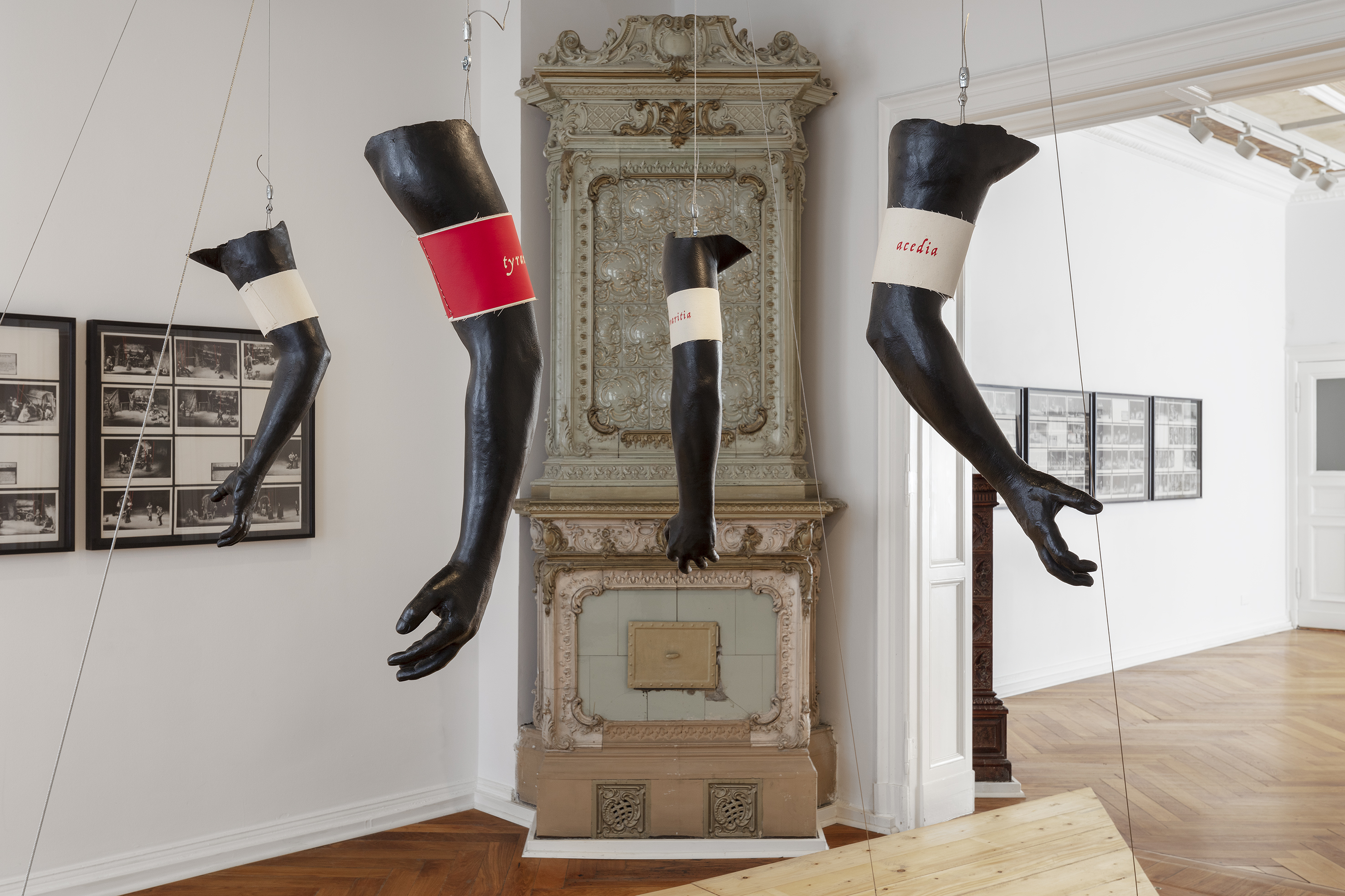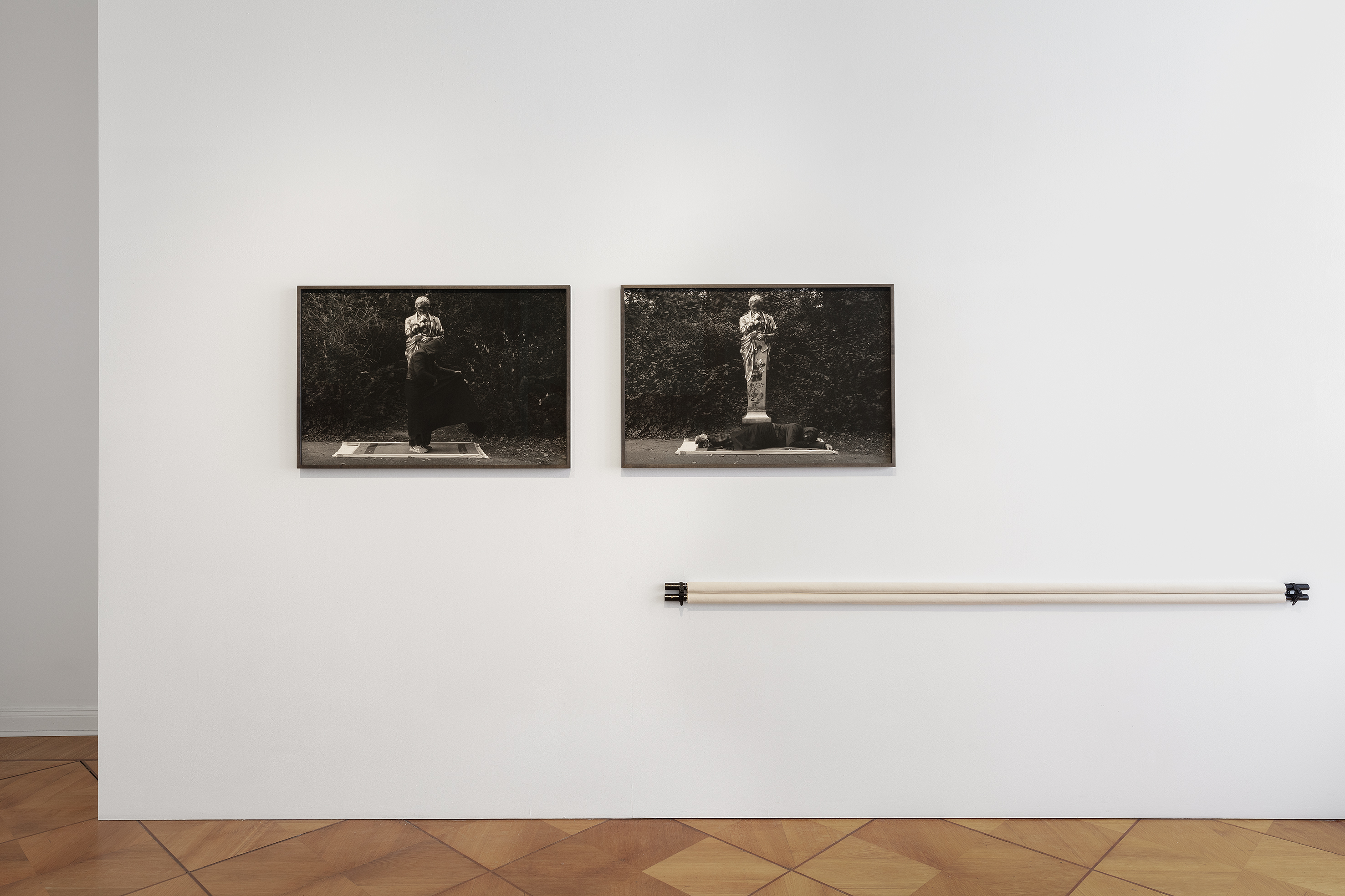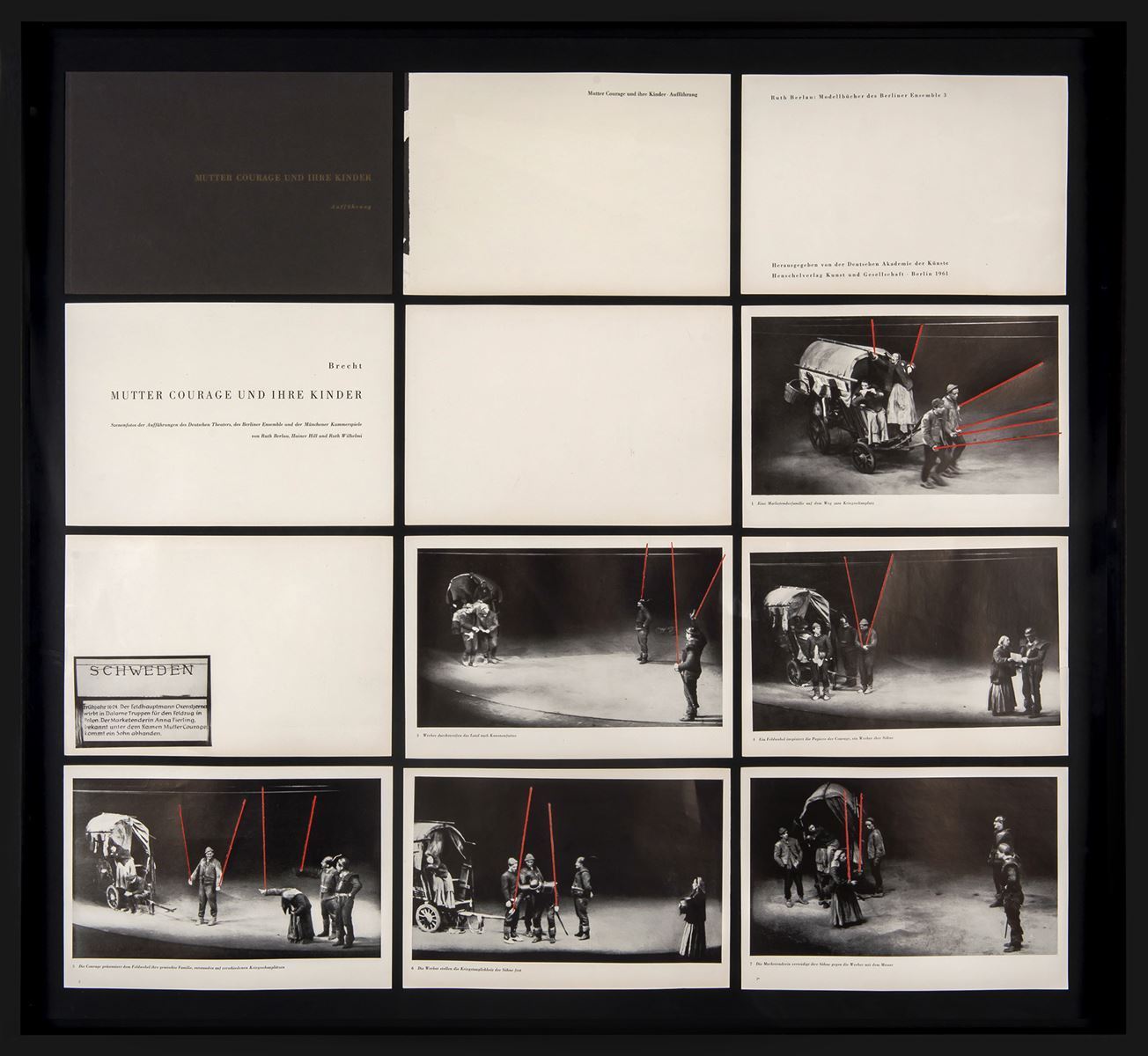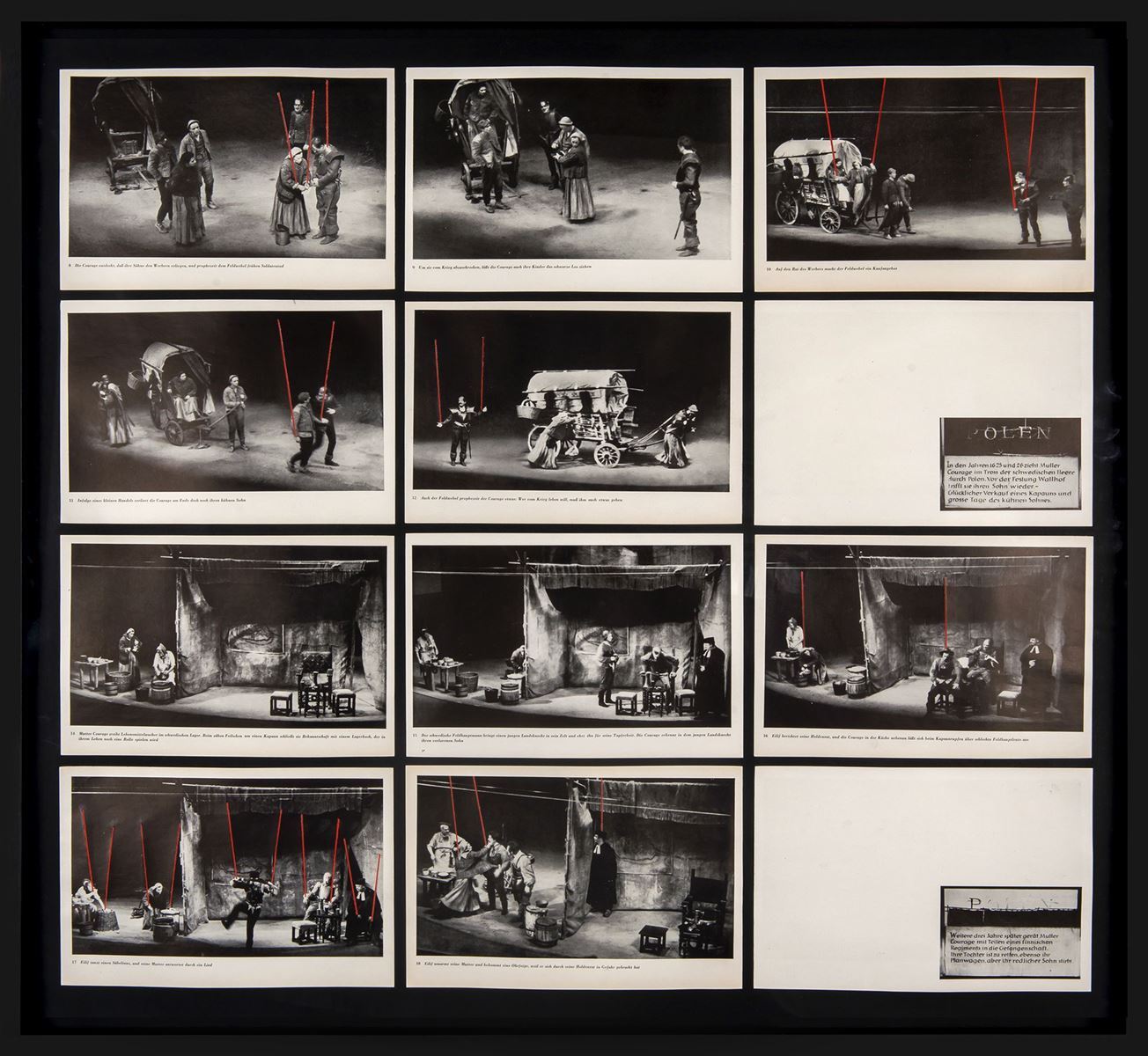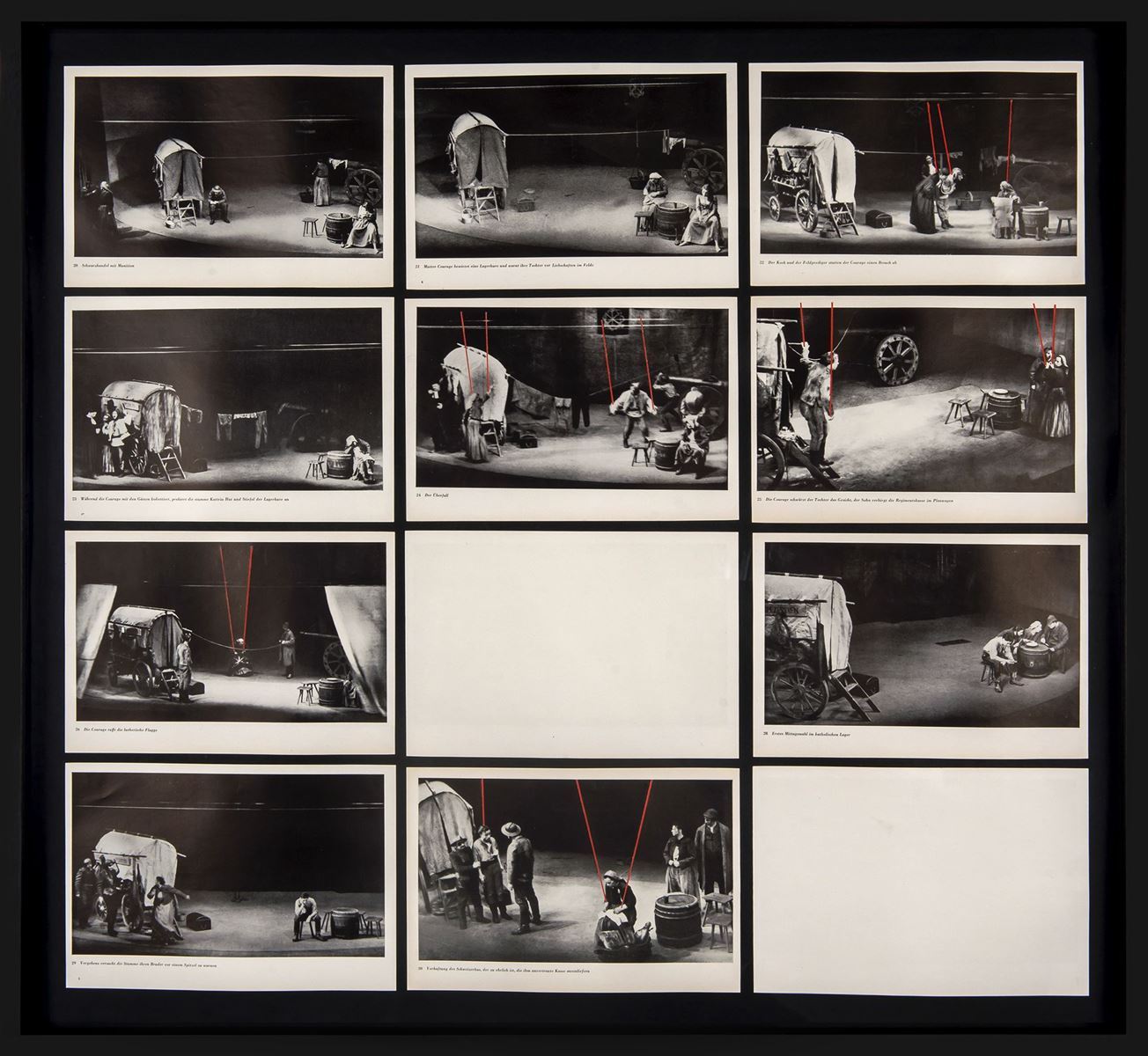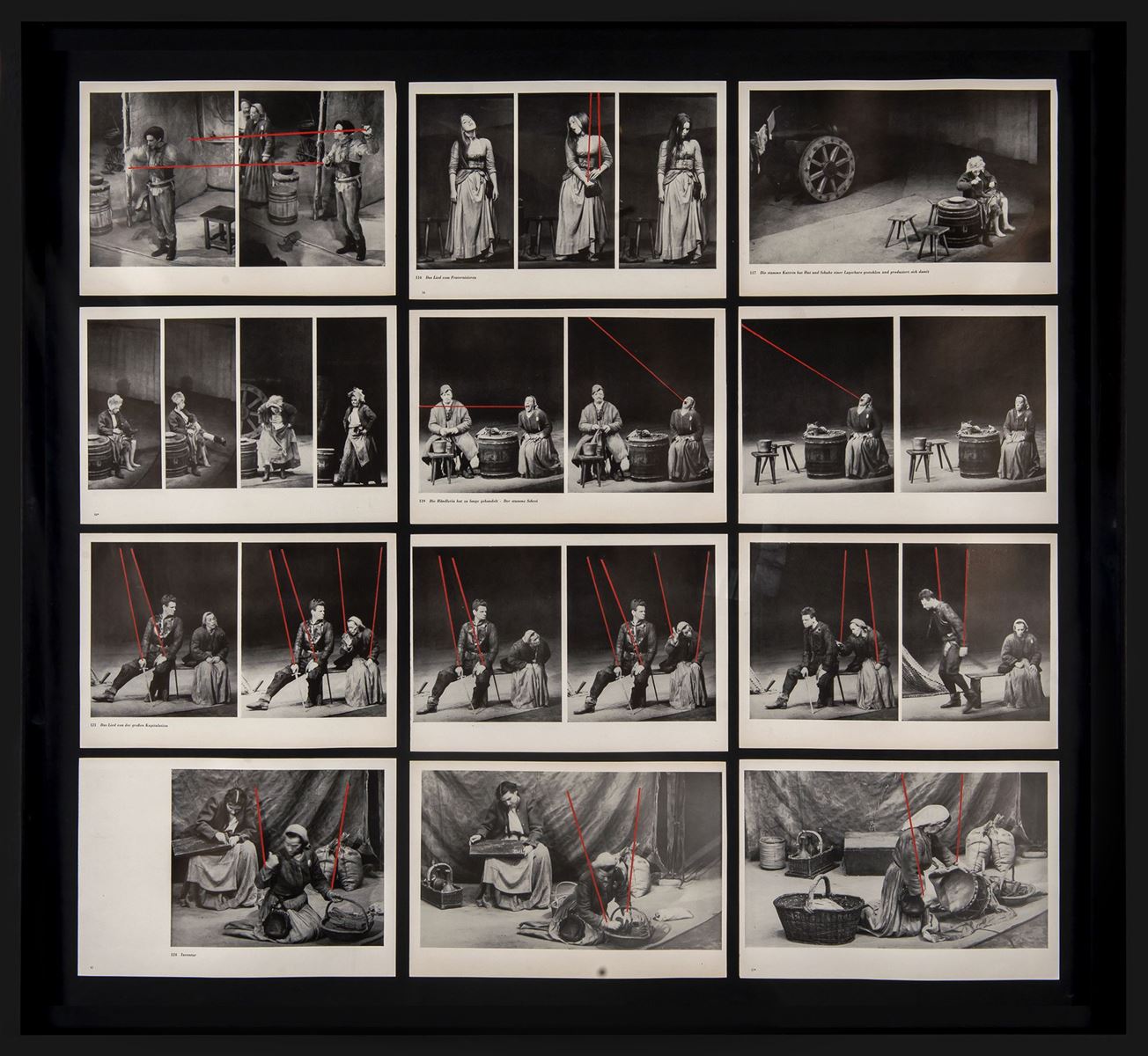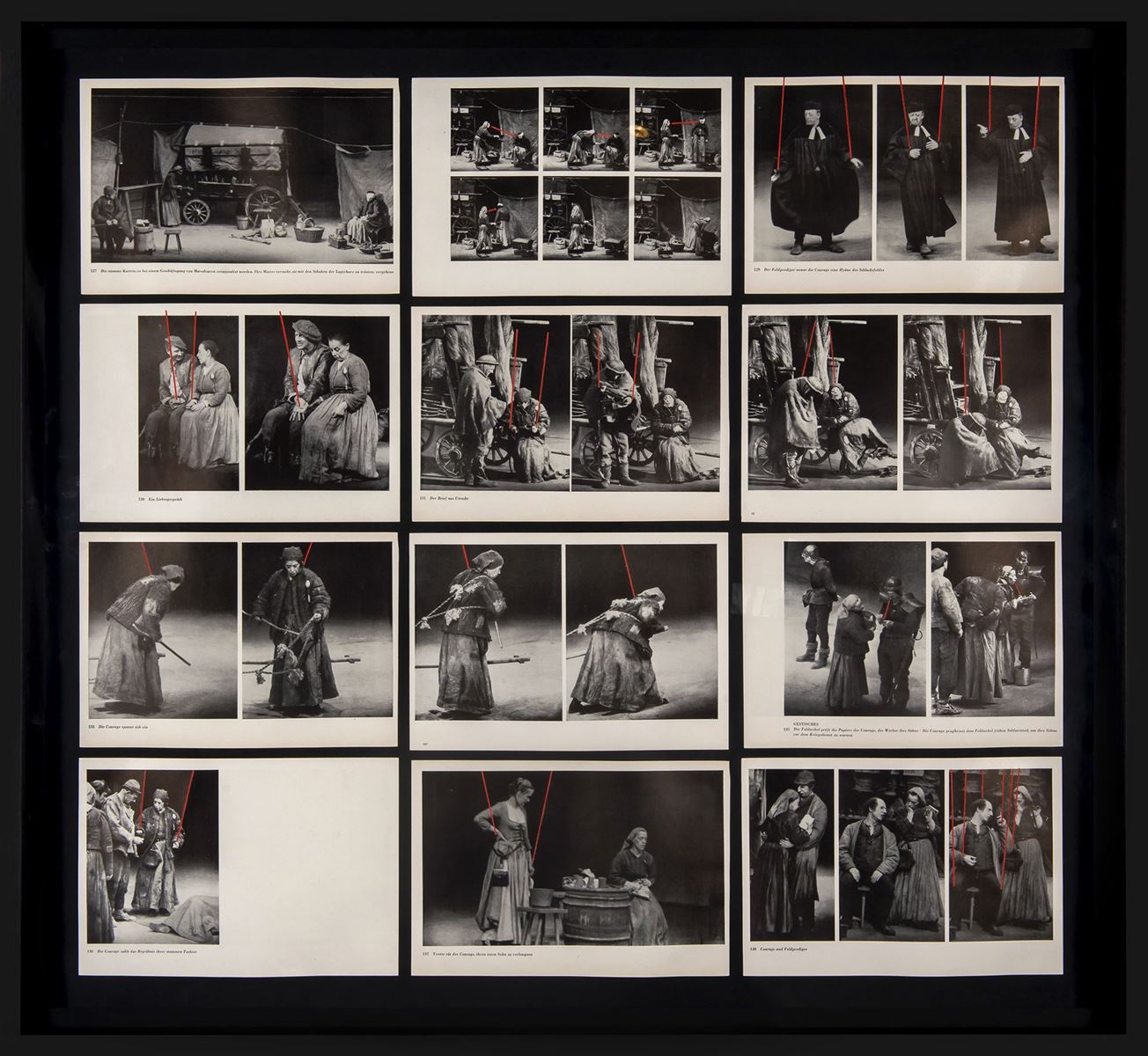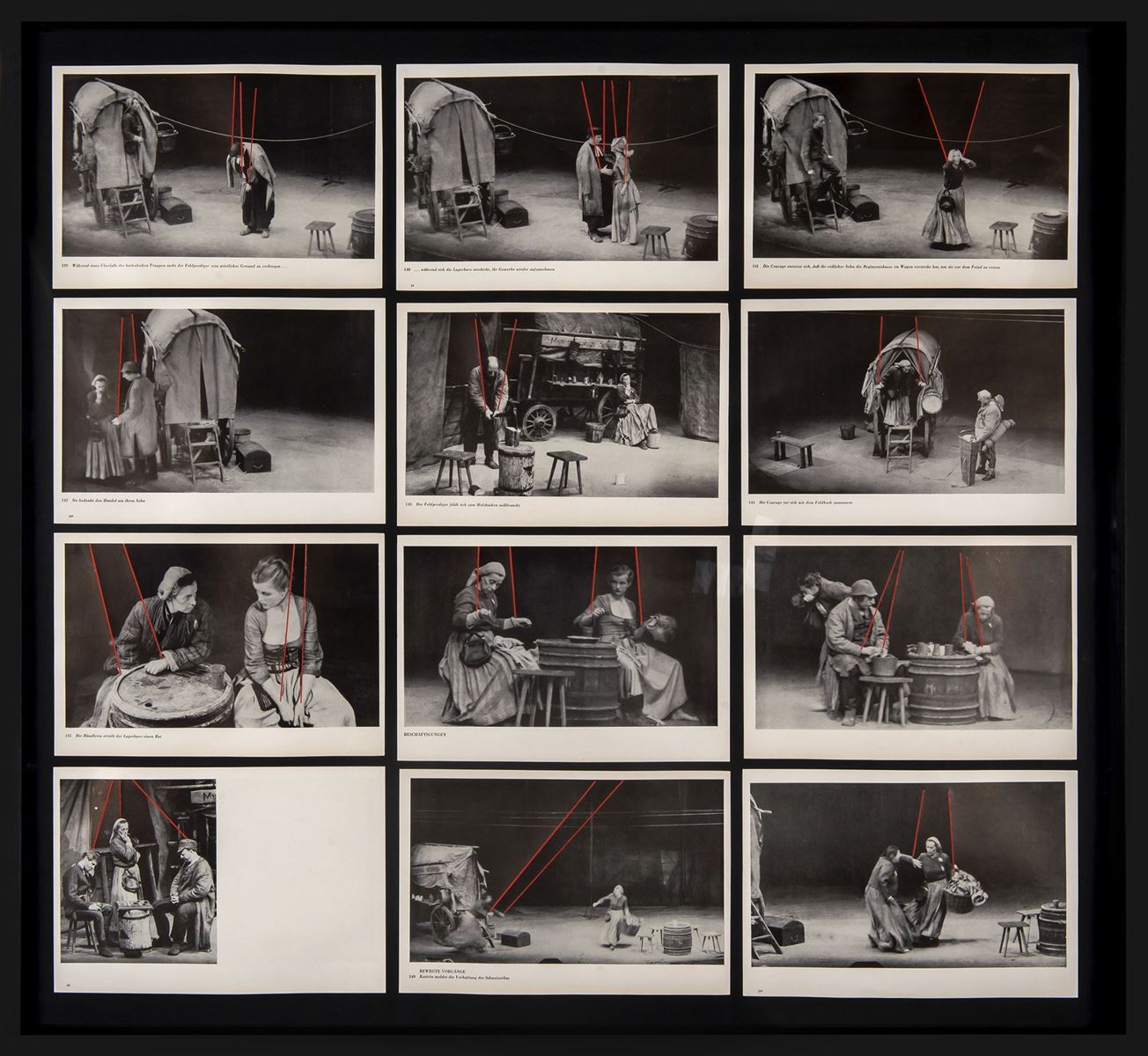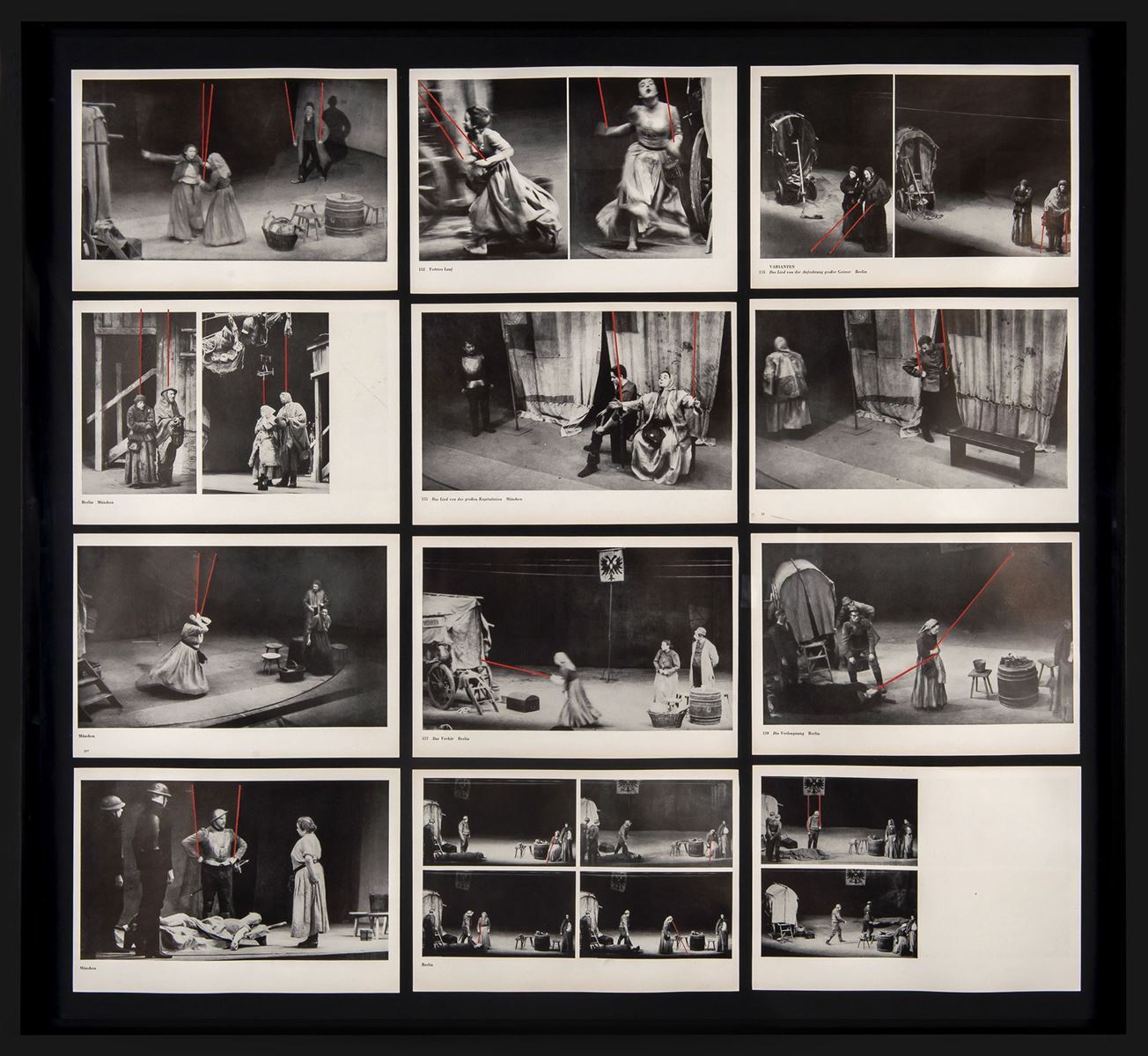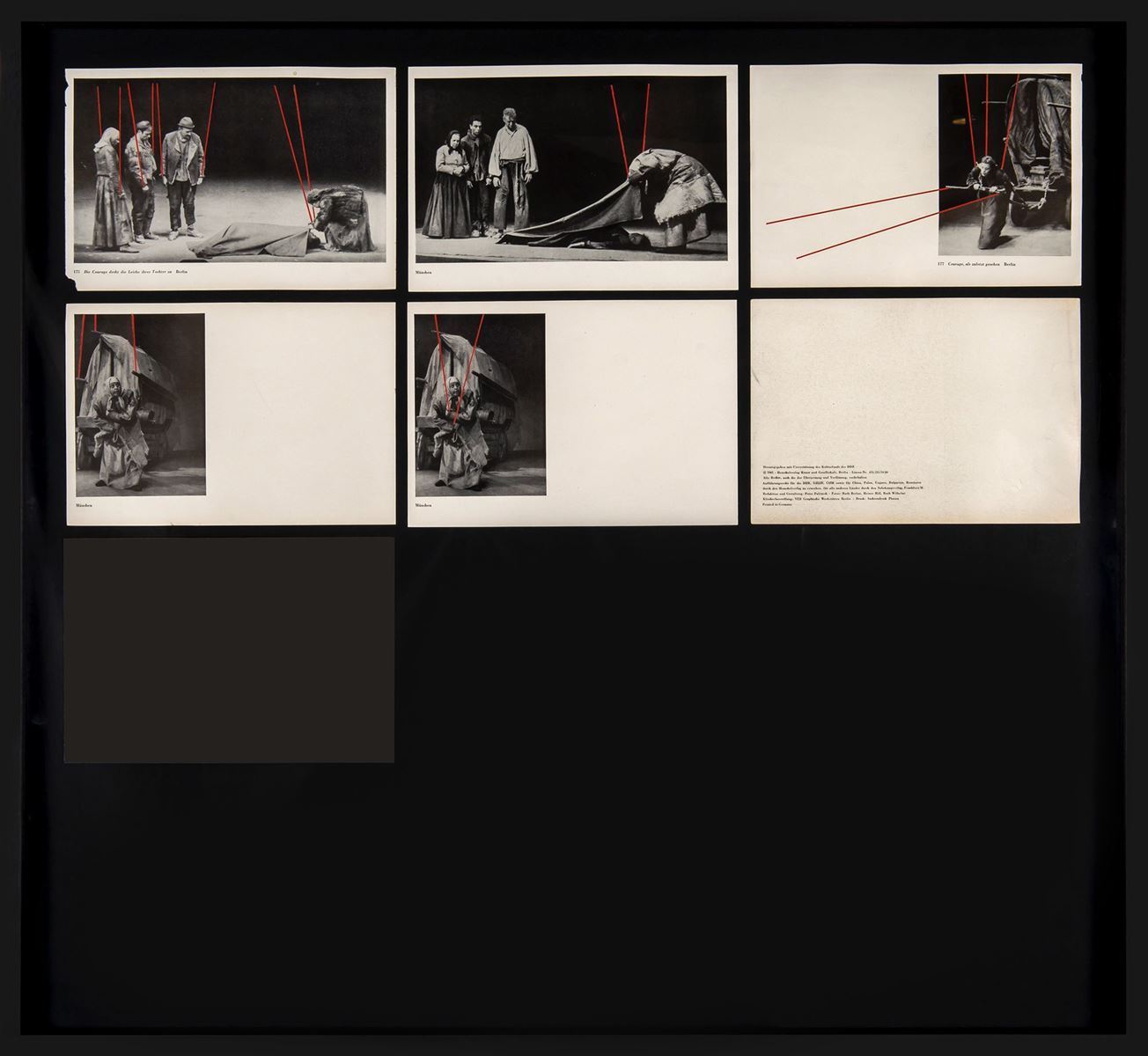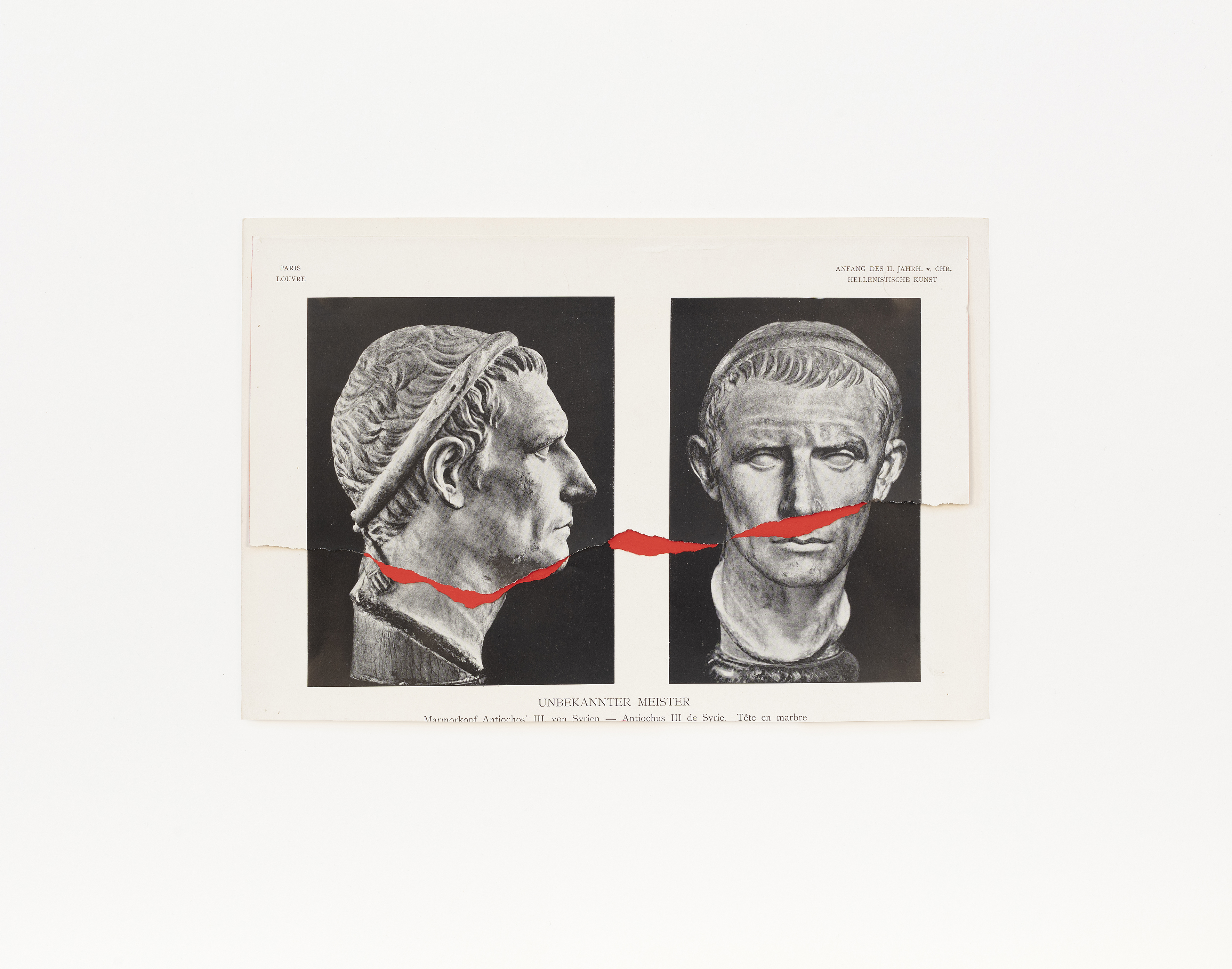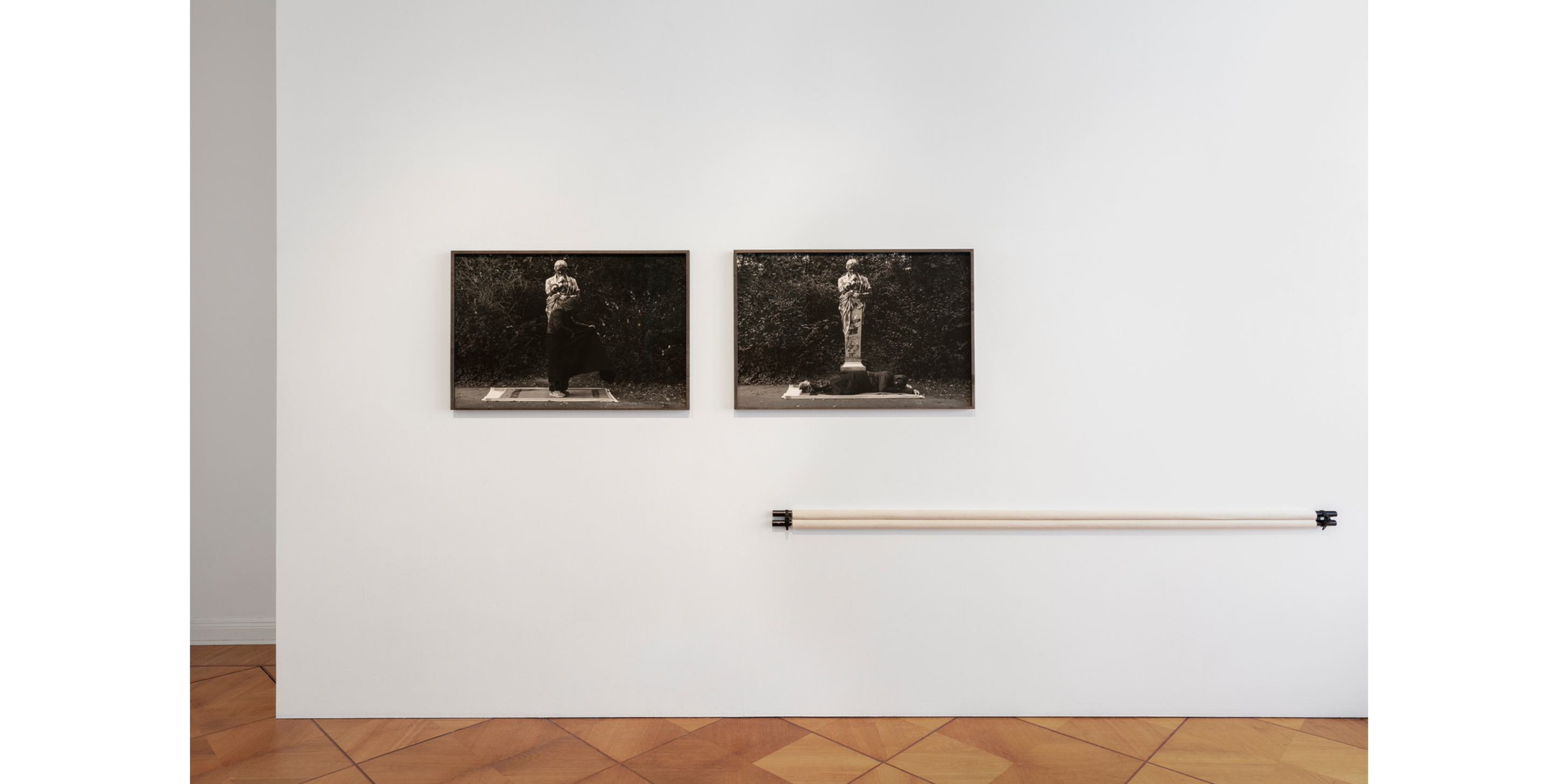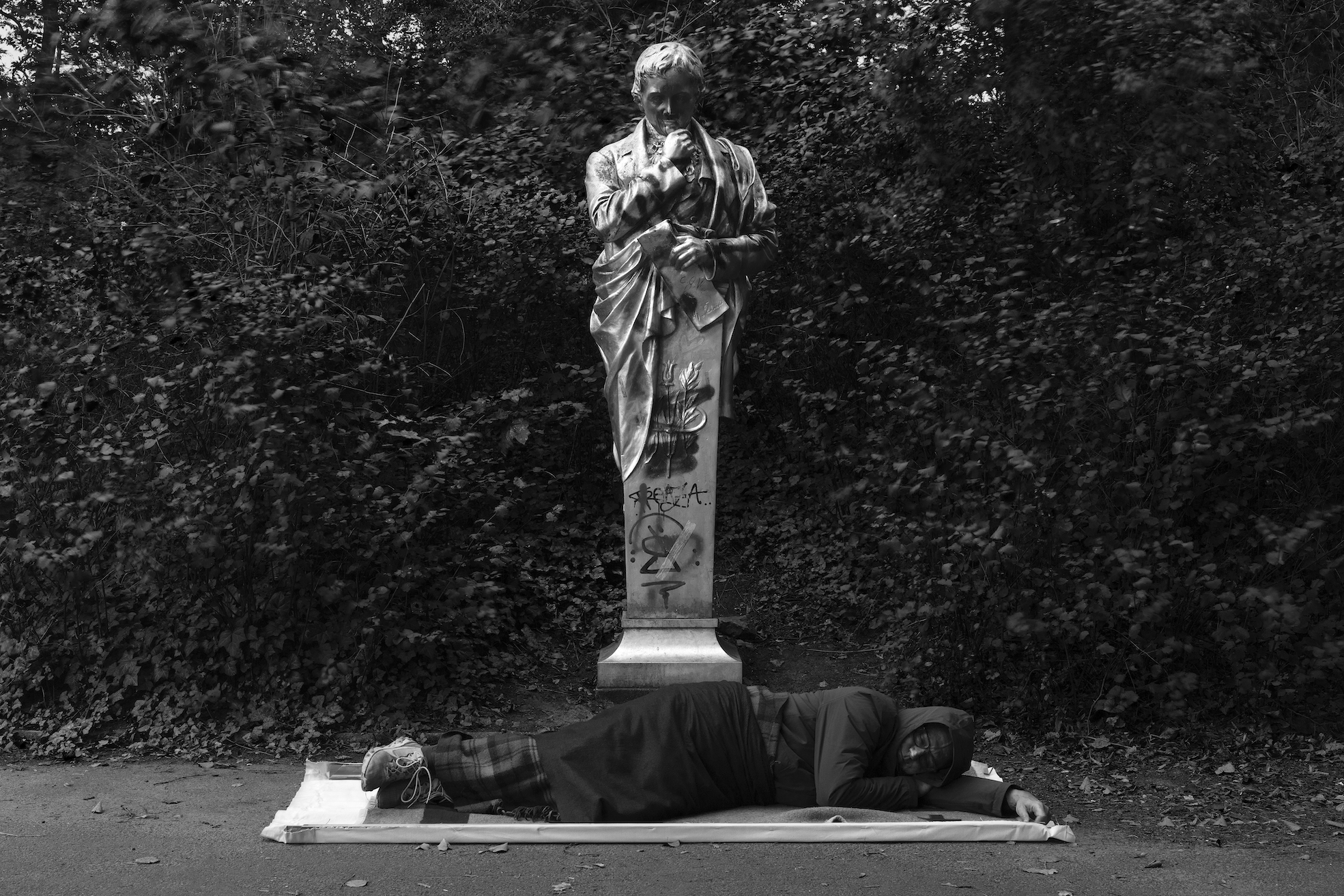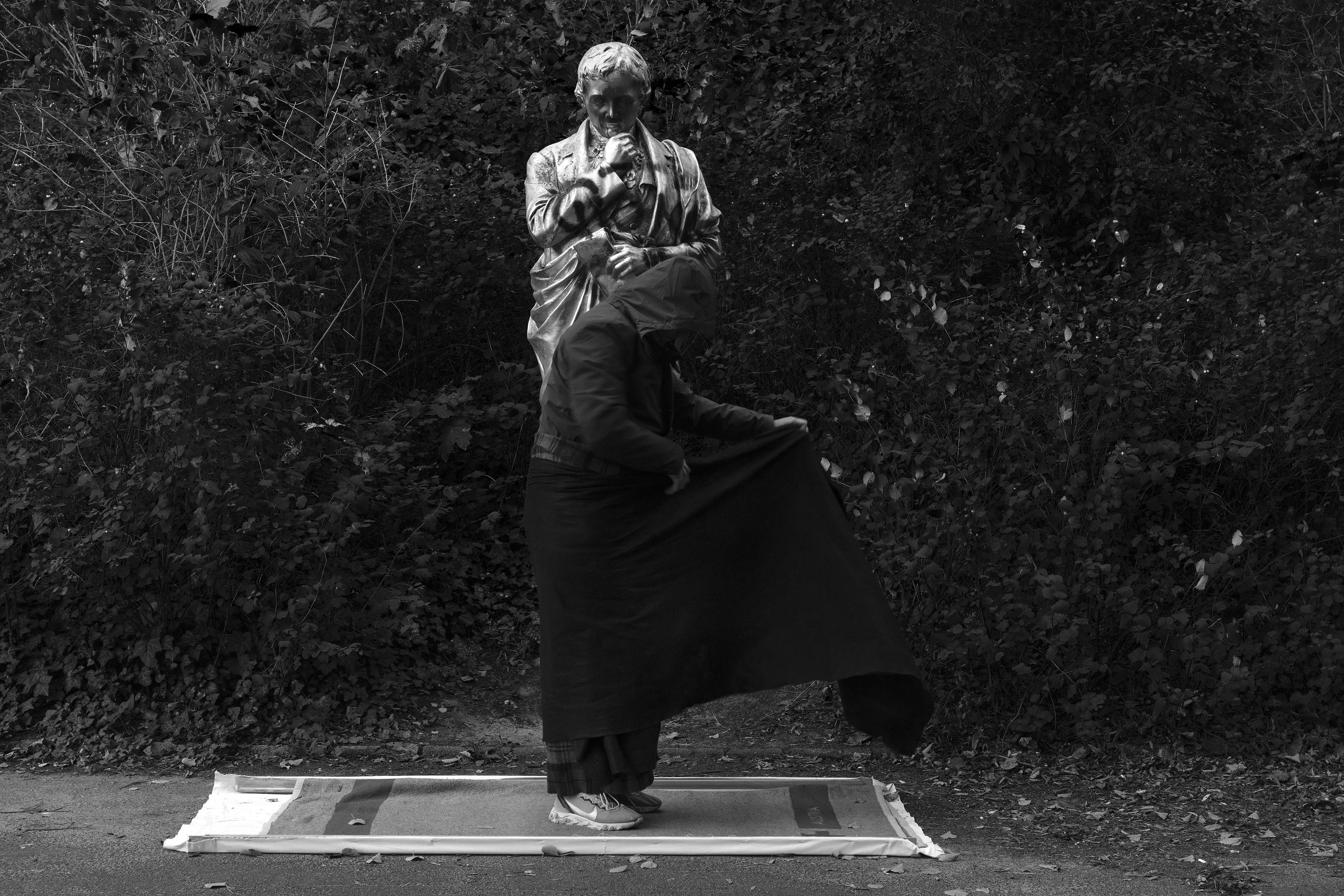BASIN BÜLTENİ - Seven Deadly Sins
08/09/2022 - 26/11/2022
Zilberman | Berlin is pleased to announce the solo exhibition Seven Deadly Sins by Simon Wachsmuth.
Simon Wachsmuth's work revolves around dealing with historical narratives and their diverse cultural and political implications. In Seven Deadly Sins, his third solo show at Zilberman, Wachsmuth chooses to investigate particular histories that set out from his current home and workplace in Berlin. By addressing the theme of war entangled with history, both public and private, Wachsmuth shows how power structures shape our conception of history and our environment.
Saligia is a group of bronze casts of human arms. They refer to sculptures we know from public monuments, representing historical figures. The arms are separated from the body, like remnants of bronze statues. At the same time the body fragments indicate the first casualty of war: the human body as being torn apart by violence. Armbands were added to the sculptural representations to capture aspects of a political history, signifying the complex relationship between people and the insignia of power. In times of emergency and need, armbands are used to distinguish people, for better or worse. The rough looking canvas binds are tied to the arms, hanging over a stage-like platform. Tyranny is written on a red bind, standing out against the seven sins written on white. Anger, sloth, and greed are written on the other armbands attached to the arms, held in the gesture of a grip both sinister and reassuring. The artist proposes a new reading of these terms, considering them not only as human, but even essential in bringing about change. The relationship between the seven deadly sins and the idea of tyranny, between power relations and their victims, is explored in this work.
Genius Malignus is a term going back to René Descartes. This title refers to a thought by this 17th century philosopher: no matter how much you look at the world and think you understand it, there is always an evil spirit that convinces you that the world looks differently. Therefore, you have to mistrust your own observations. Wachsmuth’s expansive work consists of an accumulation of book pages with photographic images. The images are taken from a known documentation of the staging of Mother Courage and her Children, a play that was written in the 1930’s by theatre practitioner, playwright and poet Bertolt Brecht, with significant contributions from Margarete Steffin. The play is set in 17th century Europe, during the Thirty Years War; a time in which some of the political structures that we know in politics today, were starting to take shape. Simon Wachsmuth finely cuts and reworks these images with red lines, tying the actors to an invisible force by a recurring gesture, underlining the question of determinism and connecting it with the previously described Saligia.
As a third work in the exhibition, Simon Wachsmuth shows the documentation of I work day and night (2021), a performance which was enacted by the feet of a sculpture in Berlin, depicting writer Heinrich von Kleist. The performance is based on the experience of severe restlessness, both of the artist himself, Heinrich von Kleist and of poet Else Lasker-Schüler. Wachsmuth connects the story of both writers with his own by spending the night at the feet of the sculpture on a red-cross blanket, meditating on social progress and the still unresolved problematic economic situation of cultural workers. It is no wonder that this work was created in the wake of the corona pandemic, a time when social insecurity was at the forefront of public discussions. The reading of a selection of letters and a text was captured in the form of an audio recording. The performance was part of the project Restless Monuments, curated by Bettina Klein.
The last work in the exhibition is a video-sketch, the first part of a work in progress. Preussischer Erzengel was the title of a work by John Heartfield and Rudolf Schlichter, shown in the first Dada Salon in 1920 in Berlin. The artists hung a puppet from the ceiling with a military uniform, wearing a sign with a reference to the former airfield Tempelhofer Feld in Berlin. The work, as well as the Dada movement in general, is determined by the anti-militaristic impetus of the post-war period. Wachsmuth’s work Hoch vom Himmel komm ich her sets out to depict the different meanings that the Tempelhofer Feld in Berlin has had over time; from a military exercising ground and hub of Nazi politics to a place associated with freedom. It reflects upon how the consequences of war – instability of the inner self, the physical self, and the instability of the bigger picture – live an afterlife for generations. The work will be part of an installation and will be continued after the show.
Seven Deadly Sins is accompanied by a catalogue with contributions by Andris Brinkmanis, Bettina Klein, Lotte Laub, Simon Wachsmuth.
During the exhibition, Zilberman is pleased to present a performance in collaboration with Laurie Schwartz and ITINERANT INTERLUDES. An announcement will follow.
Simon Wachsmuth (b.1964) studied painting and visual media design at the University of Applied Arts in Vienna. He lives and works in Berlin. His works were included at the documenta 12 in Kassel (2007), Istanbul Biennial (2009), Busan Biennial (2012) as well as at Suzhou Documents in Suzhou/China (2016) and the Macao Biennale (2021) in China. His works have been shown in exhibitions such as Georges Didi-Huberman’s Atlas exhibition at Museo Reina Sofia in Madrid and the ZKM in Karlsruhe, in body luggage, migration of gestures curated by in Zasha Colah at Steirischer Herbst in Graz, Austria as well as in And Berlin Will Always Need You at Gropiusbau in Berlin, curated by Natasha Ginwala und Julienne Lorz. Further his works were shown at the Museo Serralves in Porto, Museé de Valence, CAAC in Sevilla, Neues Museum Nürnberg, Kunsthaus Dresden, the Kunstmuseum Vaduz/Liechtenstein, the Museum for Contemporary Art in Siegen, Museum Belvedere in Vienna, Marino Marini Museum in Florence and the Fondazione Sandretto Re Rebaudegno and the Egyptian Museum in Turin.
Sanatçı Sayfaları
- Simon Wachsmuth


